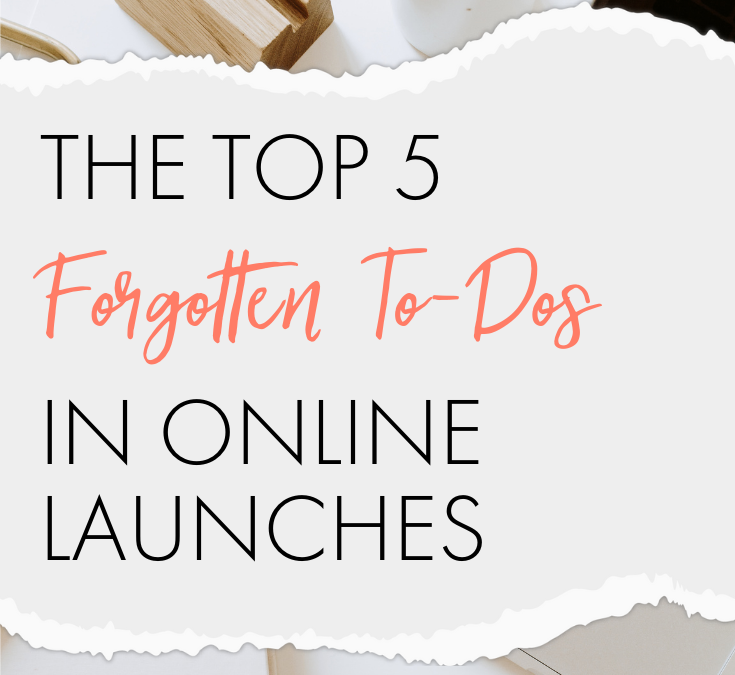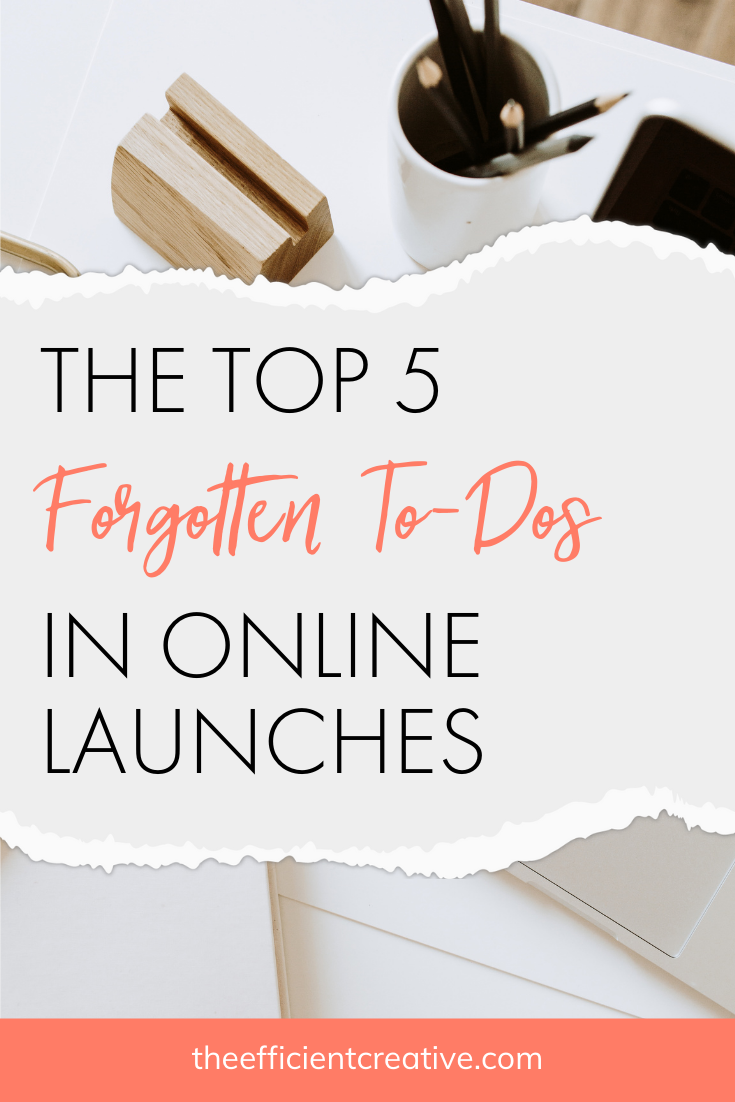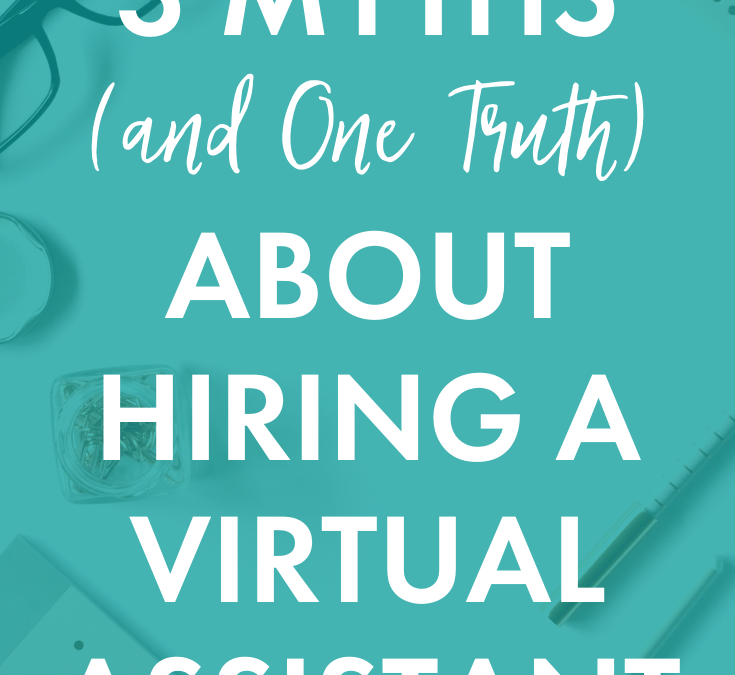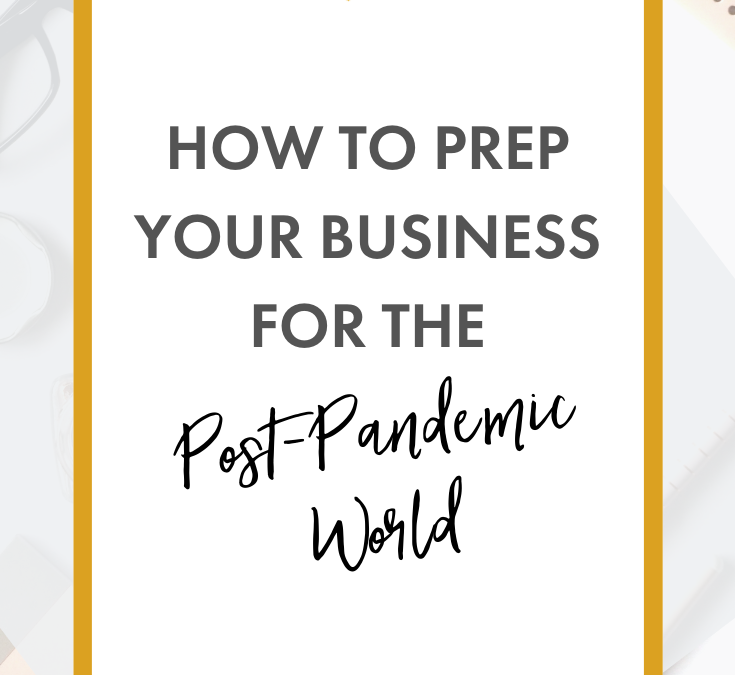
The Top 5 Forgotten To-Dos in Online Launches

When it comes to planning (and implementing) a project like an online launch, the old saying is true: the devil’s in the details. And if you’ve ever launched a program, product, or new offer online and had to either 1) edit down your plans at the last minute or 2) push back your original launch date—maybe multiple times!—then you’re no stranger to those forgotten details popping up to haunt you.
Forgotten tasks in a launch don’t just frustrate you and your team. They can literally cost you—both in lost hours and revenue—and take an emotional toll by eroding trust in yourself. In some cases, they can even erode your audience’s trust in your business. In my years of project management with online creative businesses, these are the most common overlooked to-dos that I see in online launches. Add these tasks (and plenty of time for them!) in your next launch plan to start out ahead of the game.
Don’t Forget: Research
It’s a classic example of the type of forgotten task that can add days (or weeks!) to any plan. Your to-do list says something like “Decide on a new platform for client scheduling.”
Great! That’s a clear, actionable task, right? And “deciding” or “choosing” or “selecting” is something that you do all the time—you can decide something in the blink of an eye! Unless it’s where to have dinner on date night, for some reason that decision takes forever.
What most business owners forget to plan for are the things that need to happen in order to make that important decision.
- What functionalities are non-negotiables (or nice-to-haves) when it comes to choosing a platform/software/equipment/team member/coach/program/etc.?
- What other criteria do you need to consider for each option (e.g. budget, design, end-user experience, customization options)?
- Which criterion is the most important? (Pro tip: knowing this in advance can help keep you from getting stuck in analysis paralysis)
- Do you need to take advantage of any free trials before making a decision (add time for each into your plan!)
“Research options for a new platform” is just as important an action item in your plan as “choosing” is, so add it to your plan, along with a reasonable amount of time for conducting the research.
Don’t Forget: Technical or Logistical Details
The specific tasks you might include here are going to vary based on what you’re launching, and you may not always know what’s needed in advance. Especially if you’re working with a new platform or software. It’s a classic case of “you don’t know what you don’t know,” but that doesn’t mean that you can’t plan for it.
For example, your task list might say “Set up new course platform” and you might expect to spend a couple of days to complete it. But once you start to dig in, you realize each of your modules needs its own slide deck (something you hadn’t planned for) and the platform needs to be connected with your scheduler, but FIRST you were going to merge your schedulers because they haven’t been syncing to your calendar correctly, but before you do that, you’ve got to (etc, etc…)
So what felt like a simple enough task at the beginning has suddenly become a big task with a lot of prerequisites. When this happens and a deadline is looming, you’ll quickly figure out that you’ve got two options:
- Work nonstop to try to finish everything
- Slash your priorities down to the bare minimum
If your launch (or offer) includes aspects that are new to you or your team, expect the unexpected and give yourself some extra time to work out those pieces.
Don’t Forget: Editing Your Content
No matter what kind of content you’re creating to go with your offer (from sales pages to video reels to the emails you’re sending to welcome new clients), it’s pretty common to think of content creation as:
Step 1: Create
Step 2: Publish
And while I may be a little bit of a stickler for proofreading (thanks to that B.A. in English!), it will almost always be worth your time to add Step 1.5 in there: edit your content.
This isn’t about being a perfectionist or mining your content for every possible error. I’m a firm believer that “done is better than perfect.” But there’s a middle ground between firing off your message as soon as it leaves your fingers and waiting until every star is perfectly aligned.
If you’re the kind of person who edits as you go, that’s great, but there’s nothing like getting a fresh pair of eyes on your content before it goes live. Next time you’re planning the content pieces of your launch, consider adding in a little extra time for one of these options:
- Sleep on it. Let your new content “rest” overnight and come back to it the next day with a fresh perspective. 99 times out of 100, you will notice a few quick improvements that will help your content be that much stronger.
- Take a walk. Even 20 minutes away from the computer to walk the dog can give you the distance you need to double-check your content before moving it down the assembly line.
- Hand it off. Enlist a detailed assistant, trusted colleague, or freelance editor. Having another brain try to interpret your content can be invaluable to making sure your message is understood. Keep in mind that your launch plan will need to account for all of the time between when you send them the content and when you can expect to receive it back (make sure you ask them for this info in advance.)
Don’t Forget: Testing
I’ve worked with enough solopreneurs over the years to know most of us don’t really want to put in the time & effort for a full beta launch (complete with market research, surveys, and product iterations). Most of the time, we just want to get the thing out into the world so we can stop investing our time and energy and start seeing a return.
So before your eyes glaze over, let me just say that those things (market research, beta launches) are amazing if you have the time & resources for them, but otherwise this is The Bare Minimum Version So You Can Continue with Your Life.
Please, for the love of Future You, run a test of your process/client workflow/anything that’s supposed to run or happen automatically in the background. Make sure it works the way you intend before you open it to the public. Otherwise, you’re going to get an email from Confused or Angry Purchaser about something that doesn’t work and you’ll have to put out that fire (and maybe even pause your launch while you figure it out).
Don’t Forget: Planning for Potential Obstacles
When you start to wrap up the planning portion of your launch, I know you are ready to stop planning and get moving, but this may be the most important one—don’t overlook it!
Once you’ve mapped out a plan for your launch, take a bird’s eye view of the to-dos in your plan and ask yourself, “Where do I expect to hit a snag?”
Chances are good that you already have an inkling of some places where you might struggle or feel a little stuck. What are those potential obstacles? And how could you plan in advance to get around them?
Write these down—both the potential obstacles and your mitigation ideas—they’re just as important to your successful plan as the tasks themselves.
How about you? Have you ever had adjust your launch plan due to some forgotten tasks? This is one reason why project planners exist—we excel in helping you dig into the details so you can minimize forgotten to-dos.
Curious what forgotten details you might be leaving out of your project plan? Contact me about professional project planning and project management so you can be confident in all the details.









